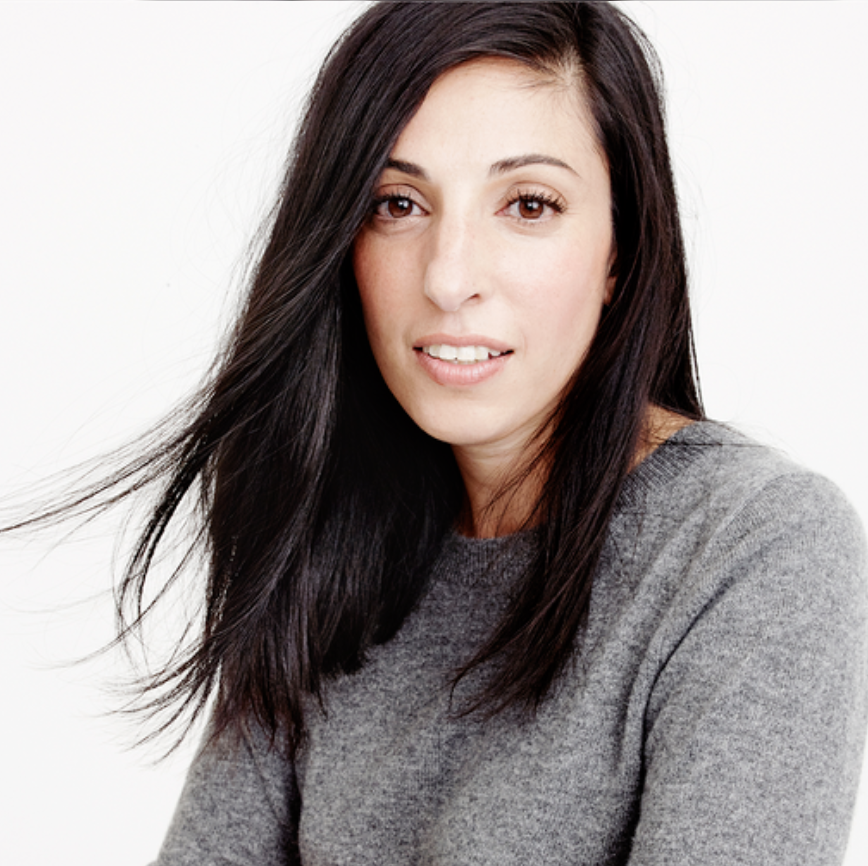It’s an alarming fact on its face: Only one-third of CBD products contain the amount of CBD that they claim. Because CBD is still a relatively new ingredient from a product development standpoint, the industry isn’t as familiar with it, which means that oftentimes consumers are left in the dark.
CBD and finding your go-to dose can be likened to caffeine intake. For example, one person may need multiple cups of coffee to get going in the morning, while another just needs, say, half a cup. Because there’s so much inconsistency in the consumer experience, there’s been a movement towards transparency and quality control, and rightly so. So how do you sift between the brands that work and the ones that don’t? It starts with understanding how the product is made.
The hemp plant is known to absorb toxins, so make sure it's grown to its purest state and lab-tested.
First, you should always make certain that the hemp used to produce your CBD is properly grown and harvested. Hemp plants are known to absorb toxins and radiation from the soil. In fact, hemp plants were used to help pull toxins out of the soil around Chernobyl. Thus many CBD products contain pesticides and other toxins that are used during cultivation get extracted along with the plant’s cannabinoids and terpenes. This leads to inconsistent CBD levels and poorly sourced products exposing the user to harmful chemicals, and diminished efficacy. Transparency in sourcing, production, and composition is key to effective use.
Pay attention to where your CBD comes from, and look carefully at the COA.
A reputable CBD company like Feals relies on hemp plants grown under organic farming practices and is hand-harvested in Colorado and Oregon. They use pressurized CO2 to pull CBD and other phytocannabinoids from the cannabis plant. The result? Potent cannabinoids that are free of chlorophyll and other chemicals. No matter the brand, a reputable CBD company should have its Certificate of Analysis (COA) readily available. While it’s not an industry-standard yet, the batch-level analysis is important. COAs include test results from a third-party lab which tests for contaminants, solvents, and the percentage of cannabinoids.
What’s more, a COA will also confirm that the dosage is correctly represented on the packaging. It’s important to know that products called hemp oil or hemp extract may contain trace amounts of THC, so read the label carefully. It should tell you both how much CBD is in the bottle and how much CBD there is per serving (typically between 1,000-5,000 MG per ounce) to be sure it’s legit. In the case of Feals, their COAs are readily available, both on the website and — better yet — on the product itself via QR code.
So there, you have it, a few tips to get you started as you find the right CBD for you. In the absence of comprehensive industry regulation, a little extra homework will go a long way.
